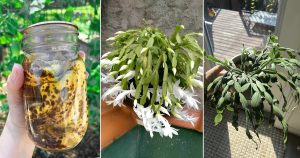Craft the best potting mix for succulents and learn how to prevent root rot and promote healthy growth with our simple recipe and tips.
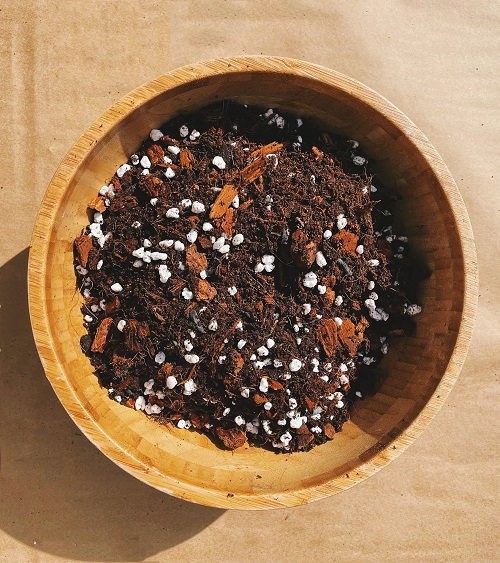
We know that succulents can survive in arid environments. We also know that they dislike soggy soil and inadequate drainage. So, how do you make them grow and glow? For this purpose, succulents require a soil mix that mimics their native habitats—well-drained, aerated, and low in moisture retention.
Which Soil is Appropriate for Succulents?
1. Well-drained and Aerated
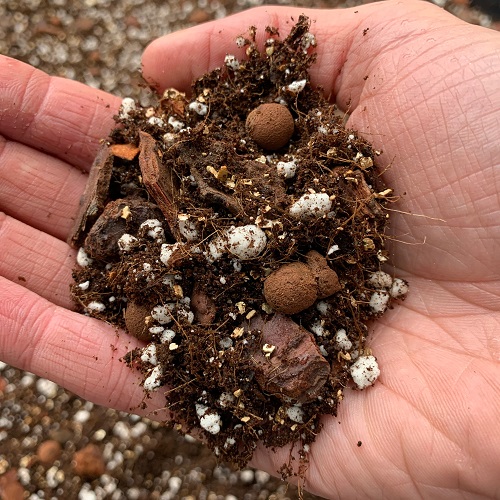
Excess water or too little space will suffocate the roots and eventually cause root rot because of inadequate oxygen. Regular garden or potting soil often retains too much moisture, and succulents hate that. Go for mixes rich in coarse inorganic materials to allow the water to flow quickly and ensure aeration and space around the roots.
Good drainage helps prevent soggy roots, especially if you tend to water your succulents more often or live in a humid climate.
2. Low Organic Content
Too much organic matter, such as peat, compost, or coco coir, can hold moisture longer than succulents want. Prefer a subtle balance here; use organic matter to supply nutrition, but make sure the majority consists of inorganic matter for texture and drainage.
Peat moss, if used, should be kept minimal because it becomes hard when dry and makes watering difficult. Coco coir is a better alternative as it improves soil structure without compacting too much.
3. pH and Nutrients
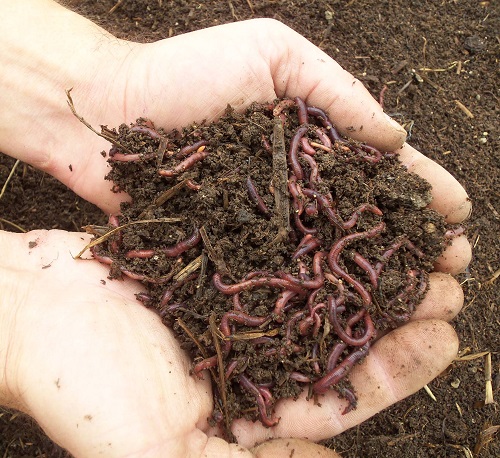
Succulents generally prefer slightly acidic to neutral soil, around pH 5.5 to 7. Keep the fertilization light. Since they don’t need many nutrients, choose components that don’t strongly shift pH. A small amount of compost or worm castings can be included sparingly.
4. Stability and Non-Decomposition
Materials like pumice, perlite, crushed granite, and coarse sand don’t rot or break down over time. Pumice also retains a small amount of moisture and trace minerals, yet does not compact. You can make your own mix by combining two parts inorganic material to one part organic.
5. Climate and Location Matter
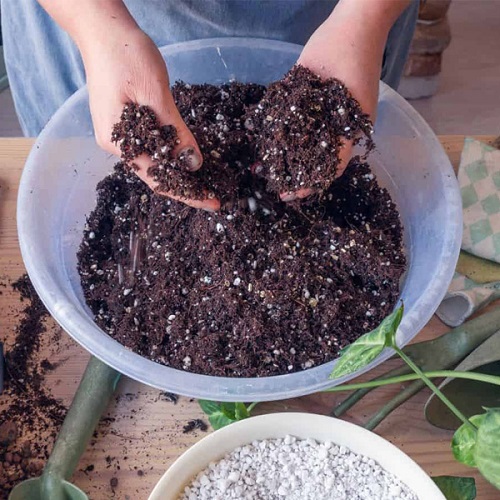
If you live in a rainy or coastal region, your succulents are more likely to suffer from moisture-related problems. In such cases, increase the amount of pumice, gravel, or perlite in the mix. On the other hand, if you live in a dry, hot place, adding a little more organic matter helps retain some moisture so roots don’t dry out too fast.
6. Indoor vs. Outdoor Succulent Mix
Outdoor succulents dry faster and can handle slightly more organic matter in their mix. Indoor succulents, however, sit in less airflow and take longer to dry, so they need a grittier, faster-draining soil to prevent rot.
Keep In Mind
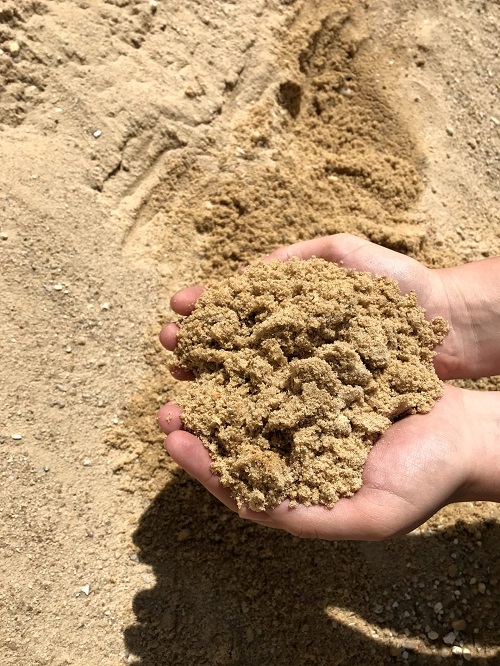
Fine sand is a big no—it compacts and blocks drainage. Always use coarse sand or builder’s sand. Plant succulents in pots with drainage holes and use terracotta if possible—it lets moisture escape. Refresh the soil every 1–2 years because old soil compacts and loses aeration.
If your soil stays wet for more than 2–3 days, that’s a red flag. Add more grit. And never use garden soil straight from the backyard—it may carry pests and fungal spores.
Feed succulents only during their growing season (spring and summer) using a diluted fertilizer. Skip feeding in winter—they are resting and won’t use the nutrients.
A Potting Mix Recipe
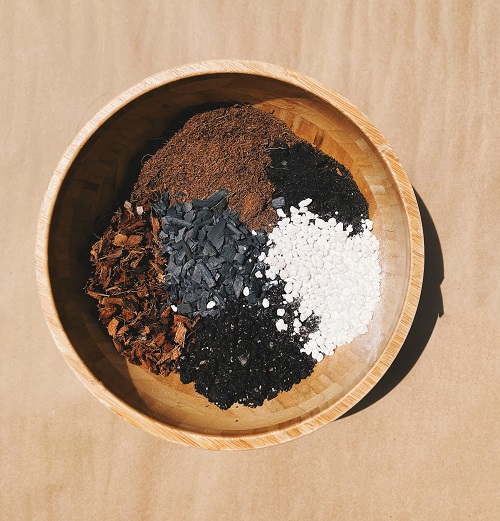
Here is a bonus recipe for you to make your own potting mix. Mix 3 parts potting soil, 2 parts coarse sand, and 1 part pumice. Or, blend 30% sand, 10% gravel, 20% vermicompost, 20% soil, and 20% perlite, or combine 70% cinder with 30% vermicompost.
Many people use half potting soil and half pumice (or coarse grit) for general succulents, or adjust to 1 part soil and 2 parts pumice for fat succulents and cacti. You should adjust these formulas based on your climate, watering habits, and available materials.
For succulents that are prone to rot—like Echeverias and Haworthias—go for a lean mix with more pumice. For fast growers like Jade Plants, a slightly richer mix works well.
Tip: Add a thin top layer of gravel or pebbles after potting. This prevents fungus gnats, keeps leaves clean, and reduces soil evaporation.
Create your own potting mix that prioritizes inorganic materials, drainage, aeration, and moisture for your succulents. After you are done, let us know how your succulents are liking it, in the comments below.


